Science for Kids: Salt and Ice Experiments
Brrr! Winter brings ice and snow and all the fun and not-so-fun activities along with it. As you or your children may end up shoveling a walkway or driving behind a snow plow this winter, everyone might be wondering why we use salt to help melt ice on our walkways and roads. Here is an easy experiment that is relatable to real-world winter conditions. You can test and observe the effects of salt and other household materials on ice. I’ve included the science and real-world applications at the end of this post so you can relate what you discover to the conditions you’ve experienced this winter!
Materials for Salt and Ice Science Experiment
You most likely have everything you need for this experiment right in your kitchen. There is a lot of wiggle room in your experimental design. Have your children help decide what materials you will test on the ice.
You will need:
- Ice cubes
- Kitchen scale (these scales are great for tons of different science experiments)
- Table salt
- At least one of the following: sea salt, kosher salt, or other salts from around the globe (try these fun salts for some variety!) sugar, cornstarch, coffee, sand, baking soda, cornmeal, bath salts, etc.
- Several containers or small plates
- Stopwatch or clock
- Measuring spoons
The beauty of this experiment is that you can test just about anything on your ice cube. Just stick to harmless household items. Skip powdered soaps or caustic materials that might be irritating to eyes and skin.
Salt and Ice Experiment
Choose your materials and get started. You’ll need at least 3 different containers. One will hold a plain ice cube as the control in the experiment. Another will hold an ice cube and a pre-determined amount of salt, the third will hold an ice cube and a material for comparison. You can certainly set up more than three if you’d like.
For even more accuracy, you can use the kitchen scale to determine the mass of the ice cubes before you begin. Later on, you can mass them again to get an idea of how much water has melted.
Once you’ve done any sort of weighing or measuring the ice cubes and taken notes, put them in the designated containers. Keep one ice cube bare and cover one with salt. Use the same measurement for all of your materials. For example, if you use 1 teaspoon of salt, use 1 teaspoon of sugar on the next cube. Your ice cubes most likely are not all the same size, but you can control the amount of “melter” you are using. It is always good to teach and remind about precision in an experiment.
Once the experiment is set up, wait a designated amount of time (5 minutes is a good place to start) to see the effects. Take notes on observable changes. If you got the mass of the ice before the experiment, you can brush off any salt or other melting agent and weigh the cube again. Note that any particle left on the ice cube does add mass, so this measurement helps with accuracy but is not 100% precise.
Keep track of the changes and determine the results of the experiment. If you are working on graphing in math, this is a great opportunity to graph the masses you observed before and after the experiment.
Why Does Salt Melt Ice?
So why do we use salt on our roads and walkways? Why does it seem to melt ice? Salt lowers the freezing point of water. This is called “freezing point depression”, and it means that the water will not freeze until it has reached a lower temperature than the normal freezing
temperature of 32 degrees Fahrenheit (0 degrees Celsius). The salt’s structure makes it more difficult for the water molecules to form the rigid formation they need to be in to become ice.
A great follow up question to your experiment is: “Is salt effective on roadways in below freezing temperatures?” The further below freezing the temperatures go, the less effective plain road salt is. That is why crews also use sand, and other additives to treat the roadways.
All substances have freezing points–the temperature at which they freeze–and melting points. To further explore melting points, check out science experiment with the pop-up timers used to cook meat.

Follow Share it! Science:
Google+
Pinterest
Facebook
Twitter
Bloglovin’
EDwords- BAM! Radio Network
Science Seeker- Education Feed



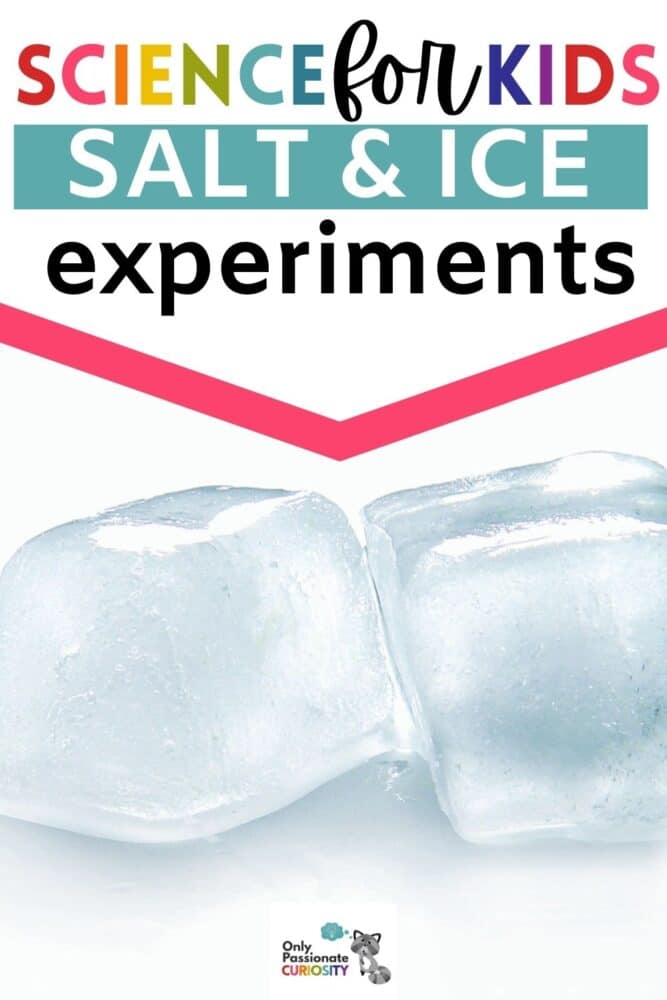
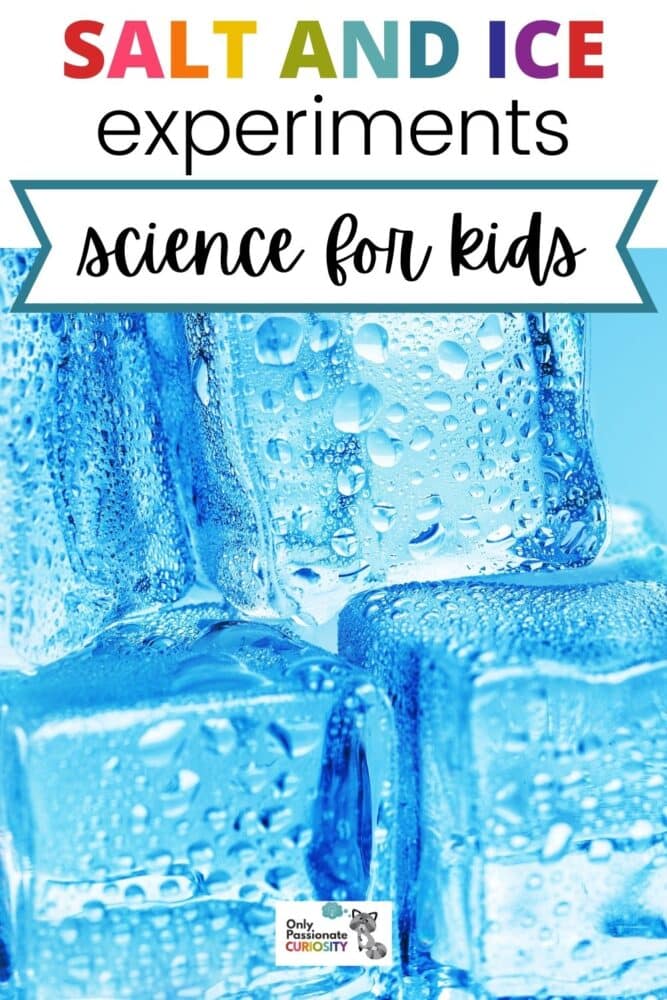
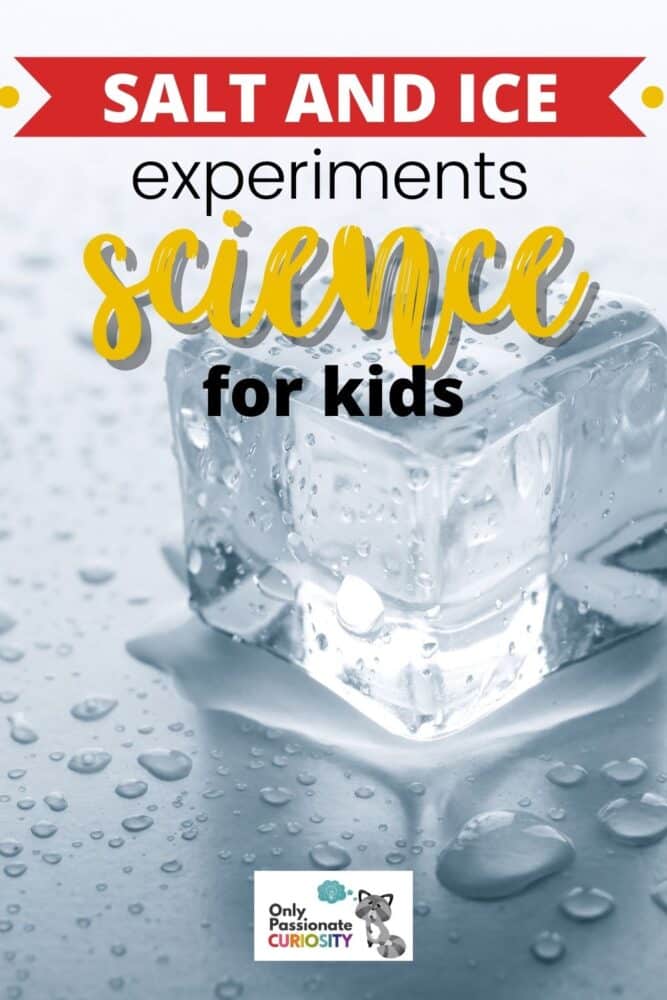
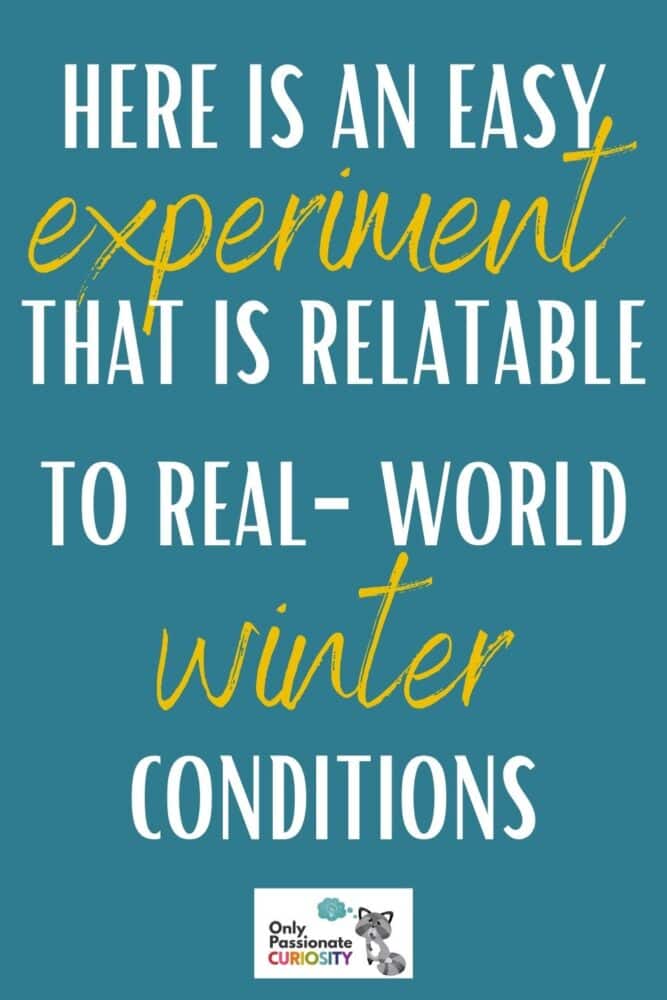
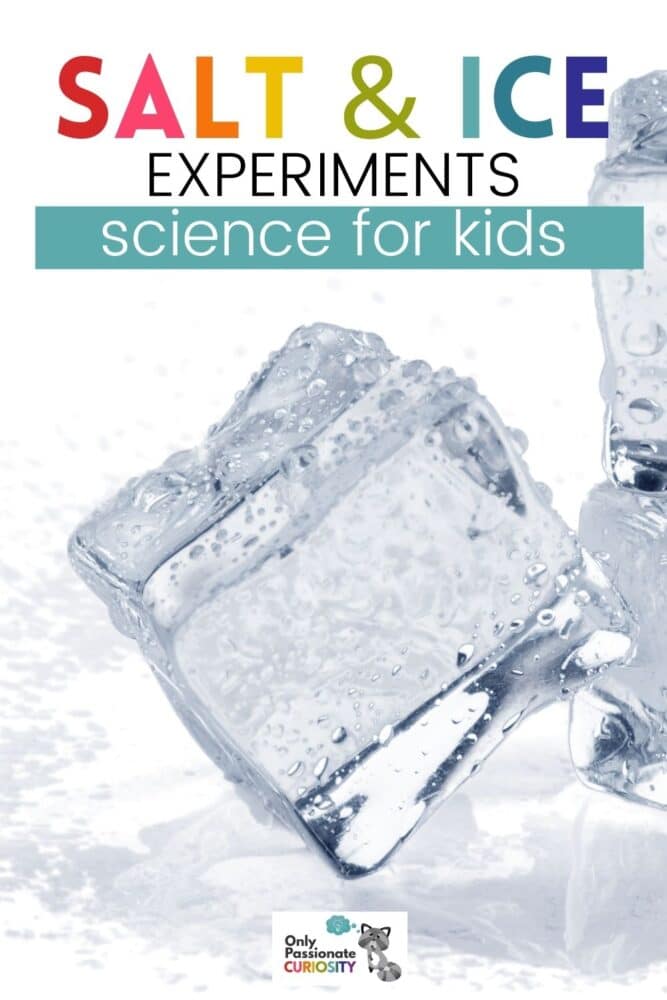
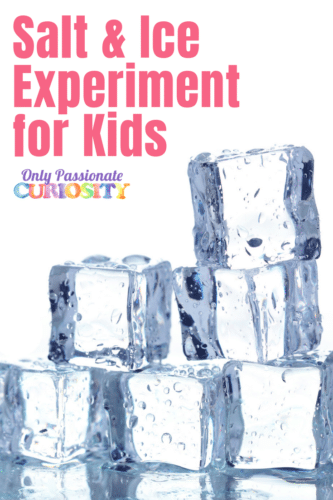
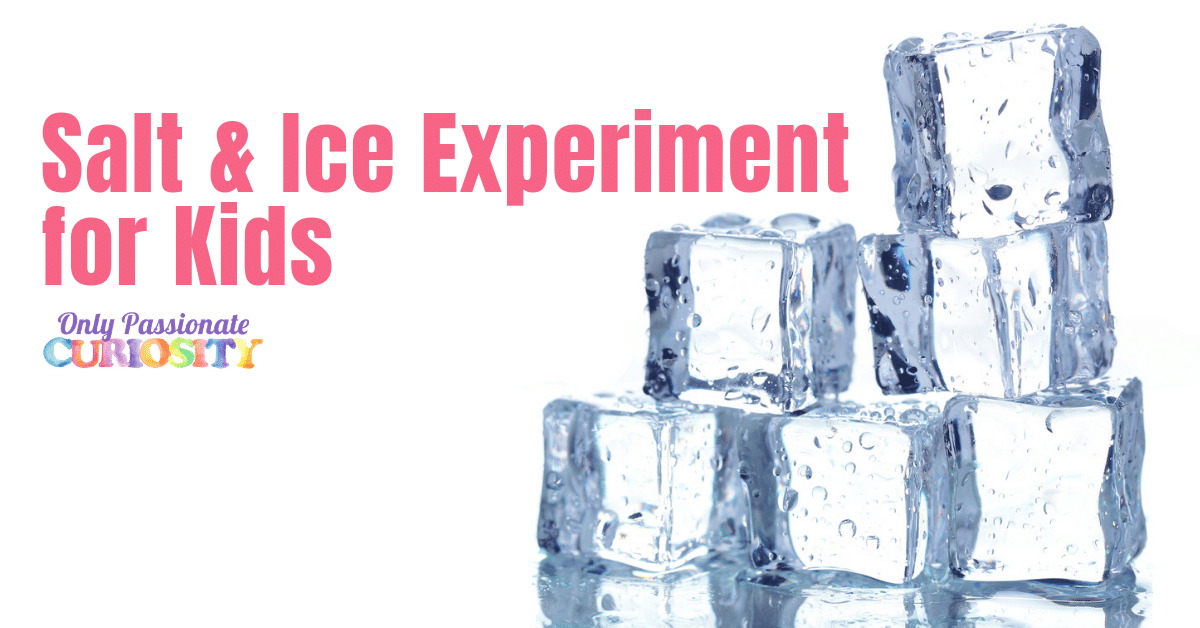
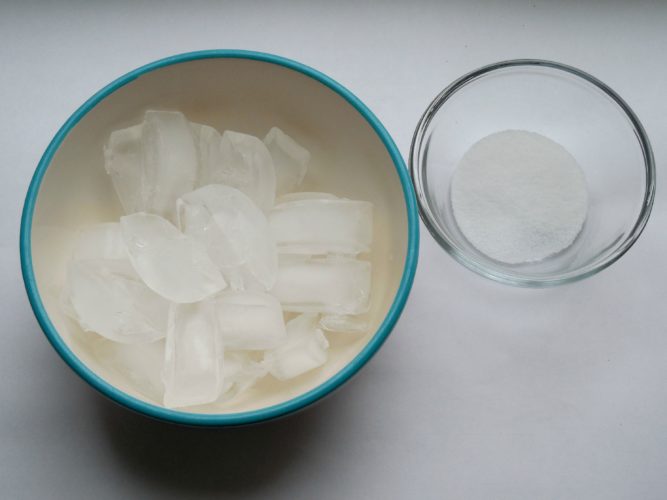
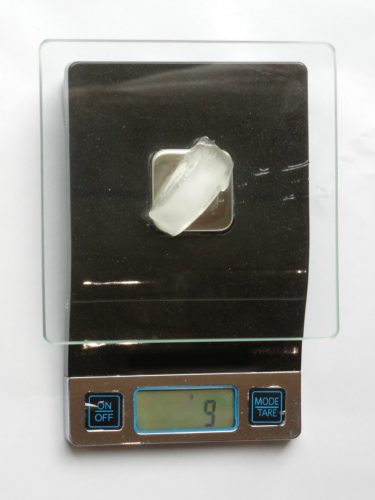
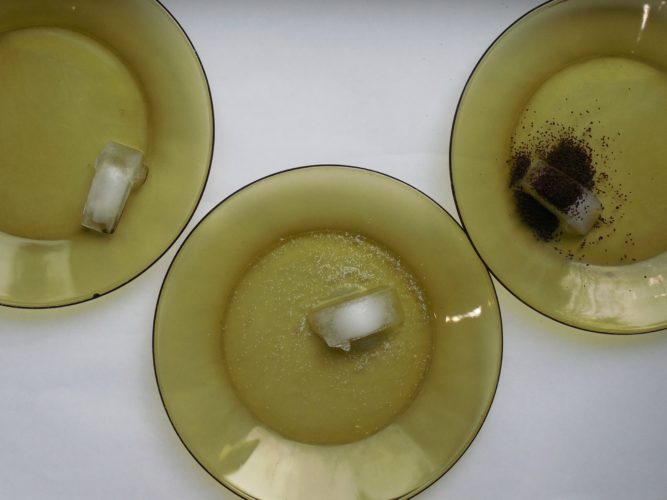
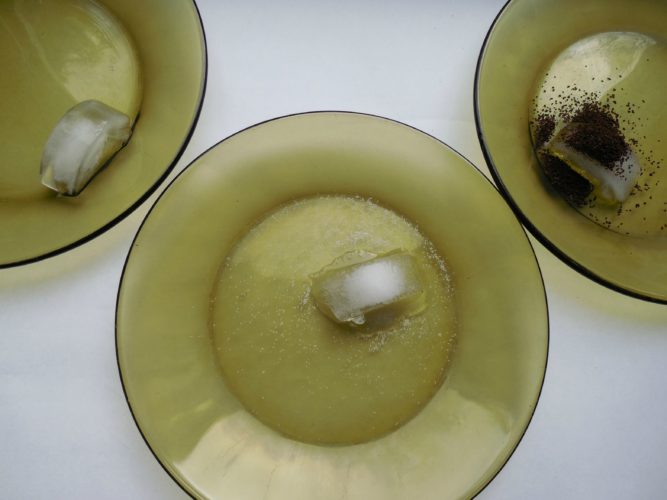
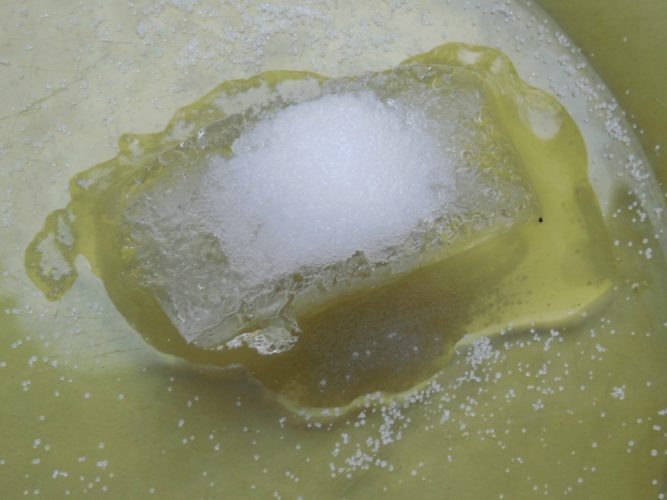
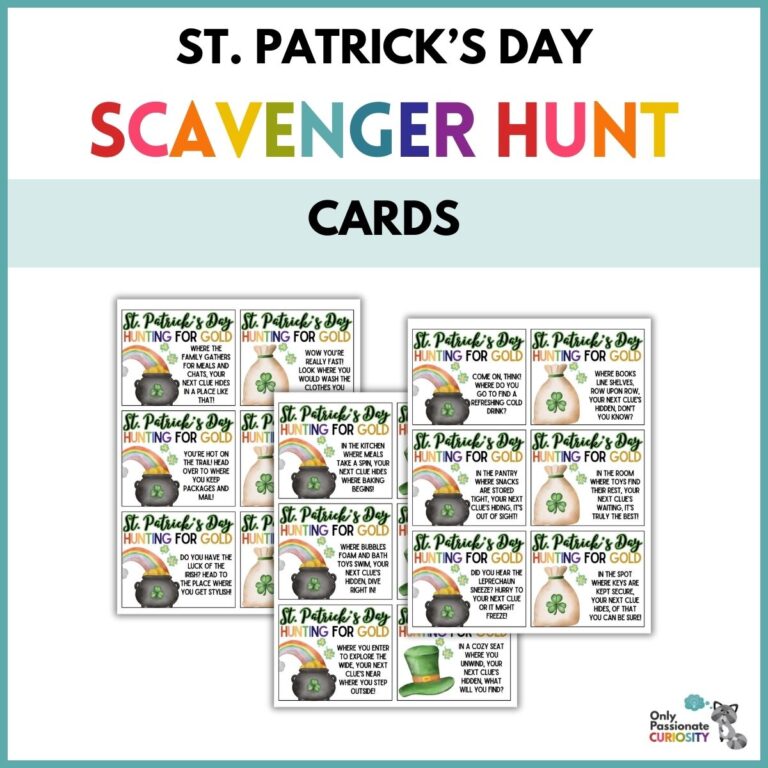
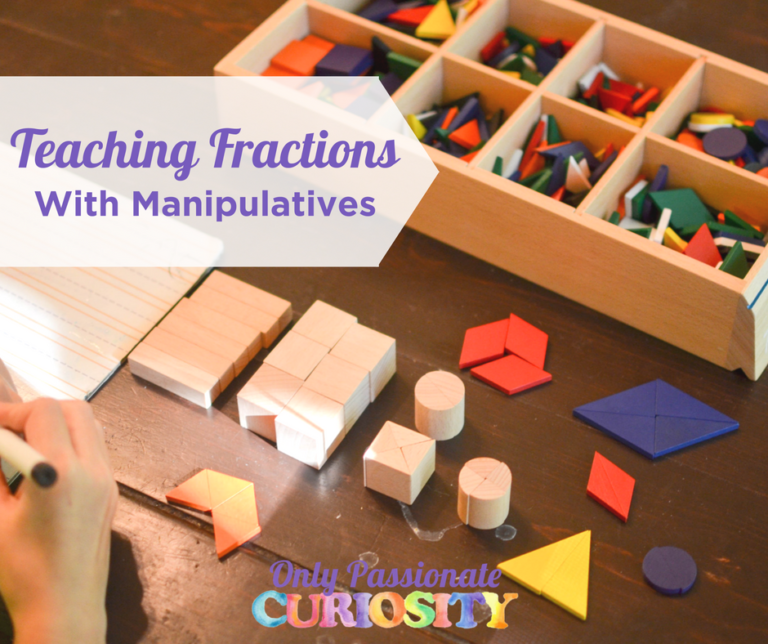


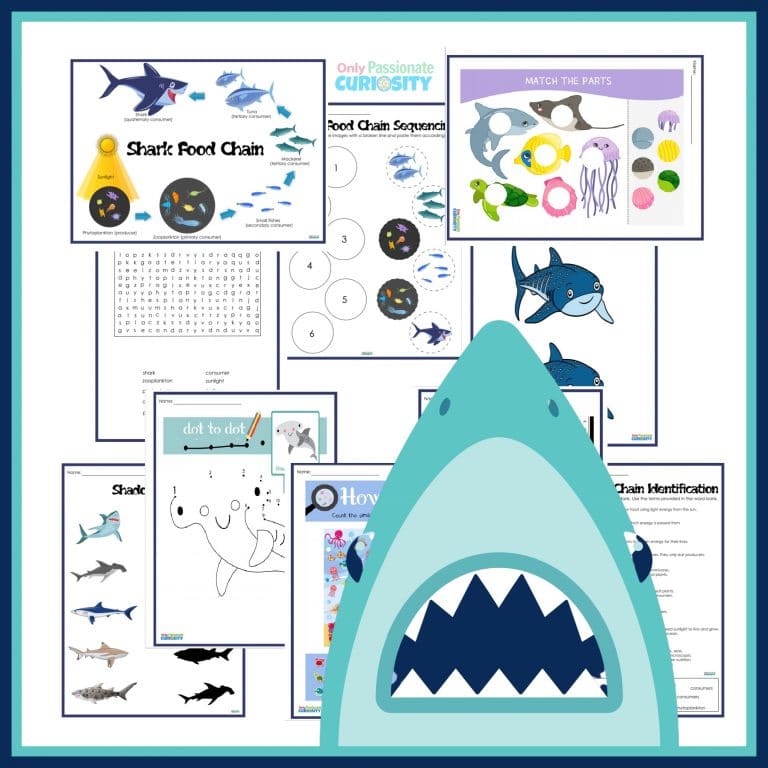
0 Comments